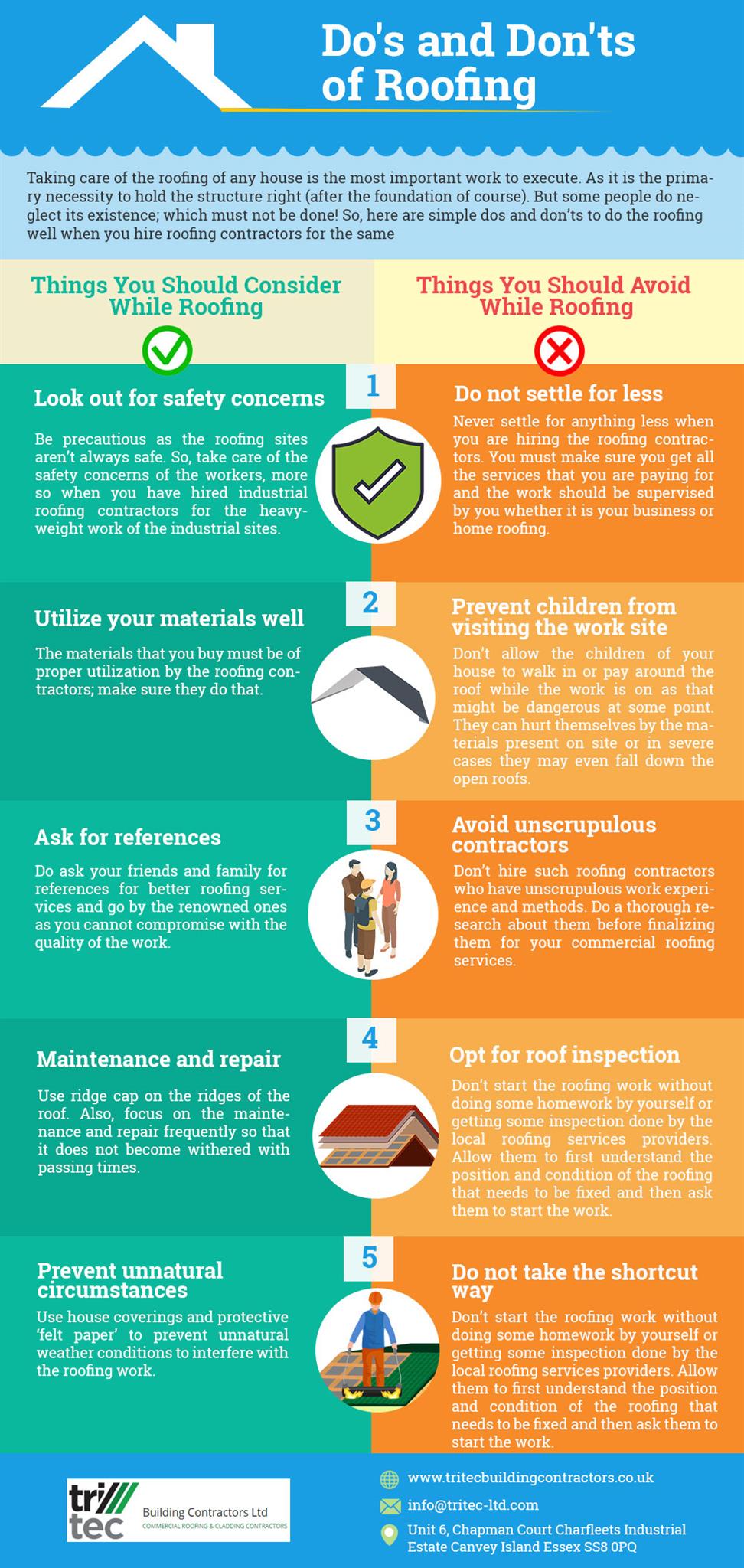Weather Condition'S Impact On Roof Setup: Suitable Seasons And Conditions For Achieving Success
Weather Condition'S Impact On Roof Setup: Suitable Seasons And Conditions For Achieving Success
Blog Article
Post Writer-Dam Dyhr
When it comes to roof covering installments, the climate can make or break the job. Picture the irritation of dealing with materials that will not cooperate because of severe warm or fighting slippery surfaces brought on by unanticipated rainfall. Understanding the impact of weather on your roof job is vital for an effective outcome. So, let's discover exactly how different weather components can influence the high quality and sturdiness of your roofing setup, guaranteeing a job well done.
Impact of Temperature on Roof Covering Installation
When it concerns roof installment, temperature plays an essential duty while doing so. The optimal temperature for roof covering projects normally falls in between 45 and 85 degrees Fahrenheit. Extreme warmth can create materials like roof shingles to become too pliable, bring about potential damages throughout installation. On the other hand, chilly temperature levels can make products brittle and prone to breaking. It is essential to set up roof setups during moderate temperatures to ensure the very best end result.
Throughout chillier weather condition, service providers may need to take added preventative measures such as using warmed devices or permitting materials to heat up prior to setup.
On the other hand, hot weather might require job to be done earlier or later on in the day to prevent the peak temperature levels. By taking into consideration the temperature level and its impacts on roof materials, you can assist make sure a successful installment that will certainly endure the aspects for several years to find.
Result of Precipitation on Roof Covering Projects
Roofing projects can be dramatically influenced by precipitation, impacting both the timeline and the top quality of the installment. Rain or snow can produce slippery conditions, making it unsafe for roofing professionals to service a damp surface area. Additionally, dampness can jeopardize the bond of materials like tiles or underlayment, resulting in prospective leaks or damages in the future.
If it rains throughout a roof covering task, the water can permeate into at risk locations, causing hold-ups as the installation crew must await the roof to completely dry prior to continuing. Too much dampness can additionally advertise the development of mold and mildew and mildew, more jeopardizing the honesty of the roofing system.
To avoid these problems, it's advised to schedule roofing jobs throughout drier seasons or keep an eye on the weather report carefully to prepare about any possible rainstorms. By taking precautions to work in desirable weather conditions, you can guarantee a smoother and more effective roofing system installation process.
Influence of Wind Speed on Setup Success
During roof covering installation, the rate of the wind plays a vital duty in establishing the success of the job. High wind rates can pose significant challenges to roofing professionals, possibly resulting in safety hazards and top quality issues. When remodeling company san antonio surpass suggested limits, it ends up being hard to handle products, raising the risk of crashes and damage to the roofing materials. https://kevsbest.com/roofing-contractors-in-fort-worth/ can likewise impact the accuracy of measurements and the precision required for proper installment.
To ensure home window replacements san antonio , it's vital to keep track of and take into consideration wind speeds. Preferably, roofing installment should happen on days with reduced to moderate wind rates. This not just boosts the safety and security of the workers yet additionally enhances the overall top quality of the setup.
Roof jobs scheduled during tranquil climate condition are most likely to be completed successfully and with less mistakes. By paying attention to wind rate projections and planning accordingly, you can help ensure a smooth and successful roof covering installment procedure.
Final thought
So, when it pertains to roof installment, remember to think about the climate condition to make sure a successful job. Optimum temperatures, completely dry problems, and moderate wind speeds are essential variables to focus on for a smooth installment procedure. By arranging your job throughout the best periods and perfect weather conditions, you can accomplish a durable and long-lasting roof that will certainly secure your home for several years to come.
